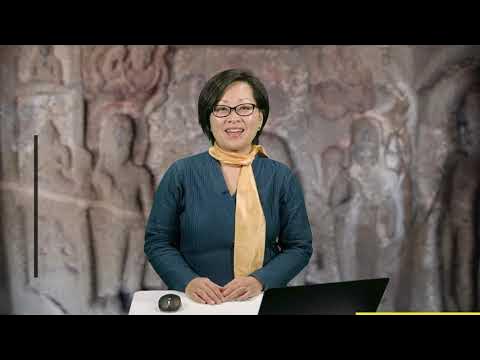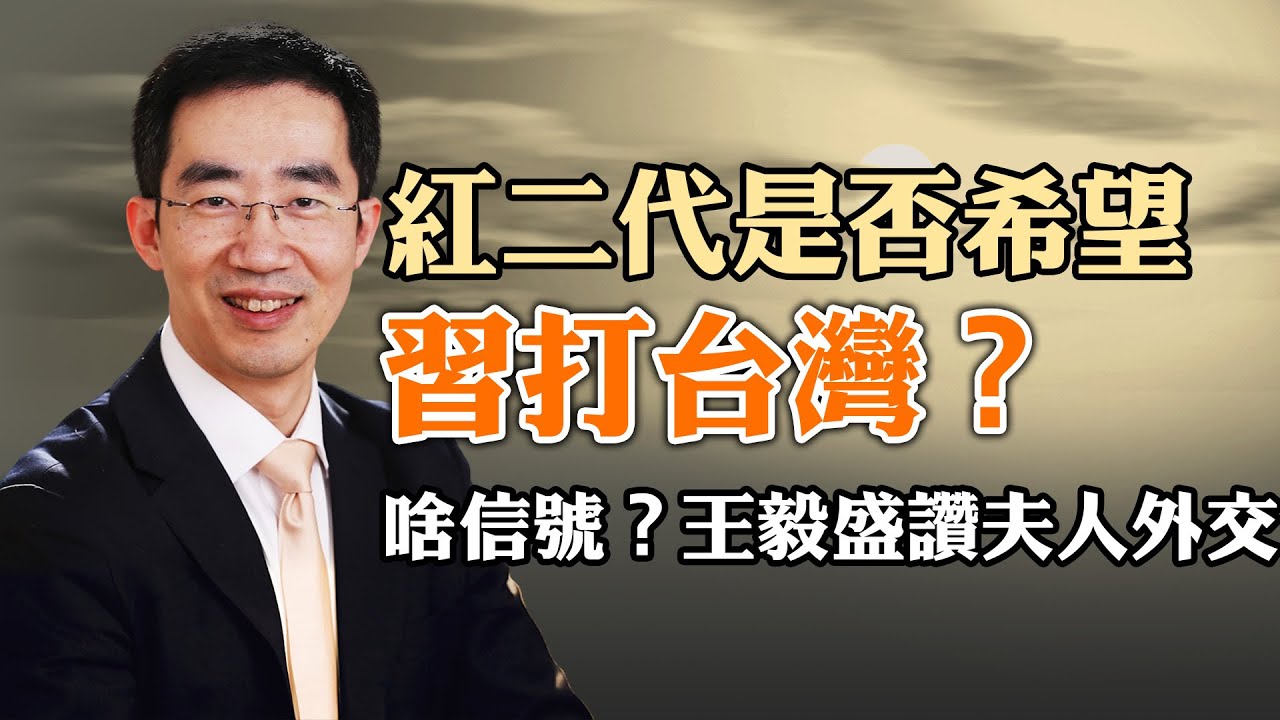藏传四大活佛如今安在?共产党是怎么对待四大活佛的,习近平家族与活佛的渊源!
理科男士K一米
13 Apr 202415:40
Summary
TLDR本视频深入探讨了藏传佛教及其四大活佛——达赖喇嘛、班禅喇嘛、哲布尊丹巴和章嘉呼图克图——对中国历史的深远影响。视频首先追溯了藏传佛教的起源,从1世纪佛教传入中国开始,逐步形成包括藏传在内的“北传佛教”。紧接着,介绍了“活佛”概念的起源与发展,并详细说明了四大活佛的历史地位及其在蒙古与藏区的影响力。视频还特别强调了藏传佛教的转世制度及其在现代的实践情况,通过对14世达赖喇嘛和10世班禅喇嘛等人物的讨论,探讨了宗教、政治与社会权利的复杂关系,最后梳理了各大活佛的现状和未来可能的转变。
Takeaways
- 🌐 西藏佛教的历史起源于古印度,后传入中国和其他亚洲国家,形成了不同的佛教流派。
- 🔗 藏传佛教中的活佛系统涵盖了整个蒙古和藏区,包括内外蒙古和青藏高原。
- 🎴 藏传佛教的四大活佛:达赖喇嘛、班禅喇嘛、哲布尊丹巴和章嘉呼图克图,各自在不同地区拥有重要影响力。
- 🔄 活佛转世系统在历史上是政治和宗教权力的重要组成部分,与中央政府的关系密切。
- 🏰 第六世达赖喇嘛曾被政治斗争所影响,与他的传奇生活和诗人身份形成鲜明对比。
- 🛑 第十世班禅喇嘛是唯一结婚并留下后代的班禅,他的独特身份使他在信众中拥有特殊地位。
- 🇨🇳 中国政府在处理藏传佛教问题上,尤其是关于达赖喇嘛和班禅喇嘛的转世问题,持续采取有影响力的政策措施。
- 🌍 第十四世达赖喇嘛自1959年流亡印度后,成为西方世界用以影响中国政策的一个焦点。
- 🔍 尽管有争议,藏传佛教的转世系统在蒙古地区仍在继续,第十世哲布尊丹巴的身份在2016年得到了确认。
- 🚫 第七世章嘉呼图克图的转世系统在他自己声明不再转世后实际上已经结束。
The video is abnormal, and we are working hard to fix it.
Please replace the link and try again.
Please replace the link and try again.
Outlines

此内容仅限付费用户访问。 请升级后访问。
立即升级Mindmap

此内容仅限付费用户访问。 请升级后访问。
立即升级Keywords

此内容仅限付费用户访问。 请升级后访问。
立即升级Highlights

此内容仅限付费用户访问。 请升级后访问。
立即升级Transcripts

此内容仅限付费用户访问。 请升级后访问。
立即升级浏览更多相关视频

If There Are Two Dalai Lamas India Should Deal With the Tibetan People’s Choice: Shivshankar Menon

【小岛浪吹】一套视频讲清楚所有的西藏问题:问题的起点

【小岛浪吹】一套视频讲清楚所有的西藏问题:中国是如何收复西藏的

ARCH7220/ARTS3220 -- Week 3 Lecture A

Why C.S. Lewis Is as Influential as Ever

習近平的黑杯子和彭麗媛的白浴袍;啥信號?王毅盛讚夫人外交;令計劃的故事,讓人想起陳勝吳廣(扁康丸贊助政論天下第1305集 20240512)天亮時分

SMARTREN SMKN 1 PURWASARI LIVE STREAMING | 2025 | DAY THREE | MATERI KE 2
Rate This
★
★
★
★
★
5.0 / 5 (0 votes)
相关标签
西藏佛教活佛传承宗教历史文化影响达赖喇嘛班禅喇嘛蒙古地区政治宗教中国历史佛教地理